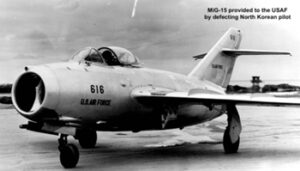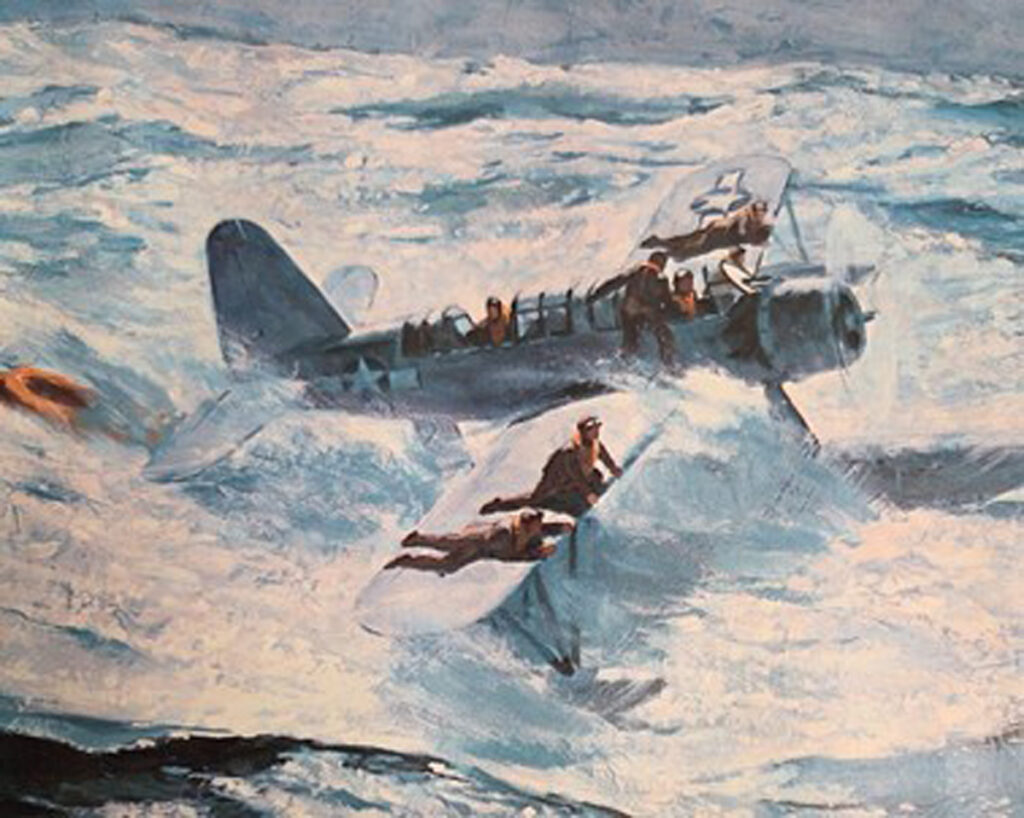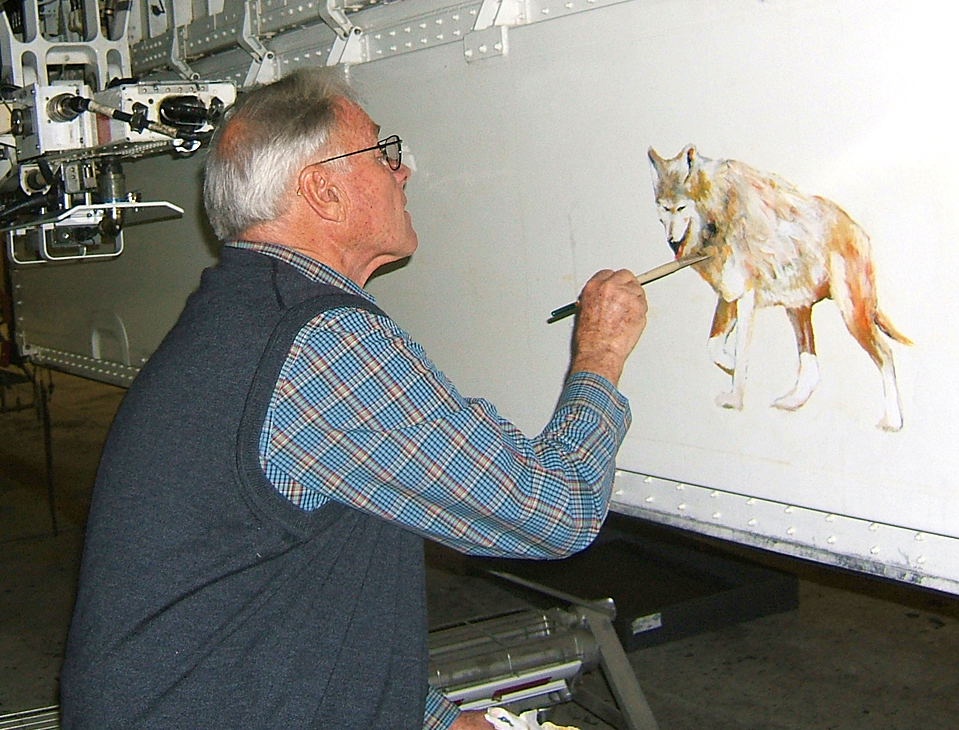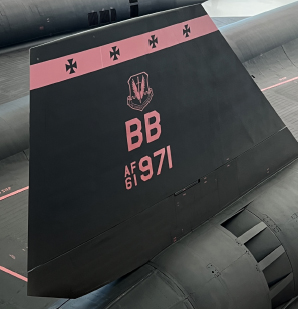Allyn Vannoy
Museum Volunteer – Docent & Collections
Upon their entry into the Korean War, the Chinese sought to avoid a war of attrition, since they could not compete with the US industrial strength in an air war, their plan was to build a force of jet fighters, then launch them in large formations of 100 or more aircraft to cause heavy losses to UN aircraft in a small number of large air battles. They hoped that such losses would have  a political impact on the UN command, thereby causing them to pull back or withdraw their assets.
a political impact on the UN command, thereby causing them to pull back or withdraw their assets.
Initially, the PLAAF (Peoples Liberation Army Air Force) was largely composed of World War II aircraft. As a result, Stalin sought to provide jet fighter interceptors and Soviet pilots to train Chinese and North Korean pilots. Many of the Soviet pilots were World War II veterans, air combat experience against the Luftwaffe.
The aircraft was designed as an interceptor, capable of quickly climbing to altitude, penetrating enemy fighter escort screens, and attacking enemy bombers. Accordingly, its armament consisted of one 37mm and two 23mm cannons. Soviet commitment of the MiGs radically change the equation in the early air war over Korea.
The MiG-15 had an advantage over UN propeller aircraft and an edge against straight wing fighters such as the F-80, F-84, and Gloster Meteor. Its main mission was as a bomber destroyer, not a dogfighter, and it soon began to threaten the US’s B-29’s.
In response, the USAF reinforced its Far East Air Force with the new F-86 Sabres. Fighter battles ensued, with the area over northwest North Korea becoming known as “MiG Alley.” The MiG had the advantage of superior maneuverability at high altitudes, though sometimes showing instability issues as it tended to stall in sharp turns. A typical tactic was to fly at high altitude, dive
to attack bomber formations, then use its speed and climbing ability to invade fighter escorts.
The MiGs were piloted by North Korean, Chinese, as well as Soviet pilots. The attacks by the MiG-15s on bomber formations eventually resulted in the withdraw- al of the B-29 bomber’s use in daylight operations in late 1950. The use of proven tactics, better aircraft, experienced pilots, turned the air war in the UN’s favor. However, the MiGs were critical as they limited the ability of UN aircraft to operate freely over the north.
The MiG-15 in the Evergreen Museum’s collection is a MiG-15 UTI is a 2-seat trainer, built in China by the Shenyang Aircraft Factory. The Mikoyan-Gurevich MiG- 15 was one of the first successful jet fighters to incorporate a swept wing design to achieve high transonic speeds.
Did you know that we have the largest collection of former Soviet Union designed aircraft in the west?
So come out and see our Infamous Mig-15, along with our Mig 17, Mig 21, and Mig 29.



